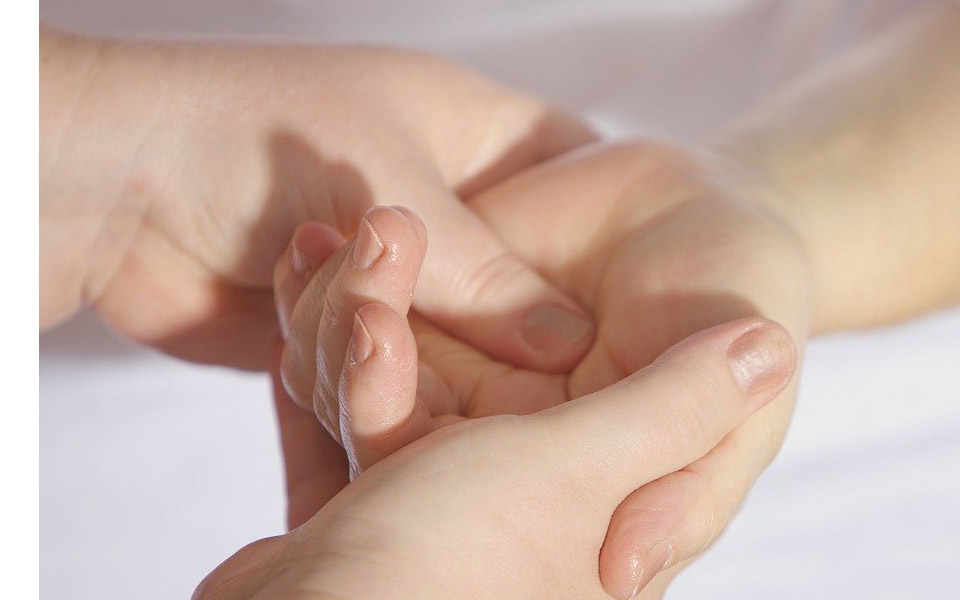Tibetan Medicine is a highly useful and relevant tool for modern people’s health concerns today. It is a system of individualized medicine, with complex theory offering important insight into the prevention and treatment of many health issues. Tibetan Medicine employs unique and effective therapeutic treatments to benefit a wide range of indications.
Science

Tibetan Medicine is known in Tibetan language as “Sowa Rigpa”, which means “Science of Healing” or “Healing Knowledge”. Since ancient times, Tibetan Medicine comprises one of traditional Tibetan culture’s pillars of knowledge. The practice of medicine is a highly organized academic program in Tibet. Prestigious universities train students from a young age. There are formalized systems of examination, practical and theoretical training. Curricula are based on standardized texts and commentaries. Through these methods, Tibetan Medicine endured for centuries as a rich healing science which continues to thrive today.
A Living Tradition
The story of Tibetan Medicine continues into modern times. With the diaspora of Tibetan culture in recent decades, the knowledge takes root in various places around the world. There now exist numerous schools of Tibetan Medicine in numerous countries, along with various online curricula. Fully-trained and qualified practitioners offering their services to communities around the world.

Compassion

Tibetan Medicine is strongly-rooted in the tradition of Tibetan Buddhism. It is said that the teachings of Tibetan Medicine were handed down directly from the Medicine Buddha, in his pure mandala of medicinal substances, to a retinue of Gods and Sages. With this tradition comes a great emphasis on the Buddhist principles of compassion, kindness and wisdom. The Tibetan Medicine texts state that one of the main motivations for maintaining health in life is to pursue spiritual wisdom. The sacred conduct of the traditional physician emphasizes compassion for all beings, and selfless service for the greater good of the community.
Rich History
Tibetan Medicine is rooted in indigenous Tibetan culture, spanning millennia into antiquity. Tibet’s ancient heritage of shamanic medicine combined with later influences of cross-cultural trade and conquest. Over the centuries, elements of medical science from neighbouring India and China, as well as Greco-Persian medicine, integrated into the base of Tibetan knowledge. Initially in the 8th Century, during a time of great cultural development in Tibet, the system of Tibetan Medicine as we know today was codified and organised into a series of foundational texts. These texts, known as the “Four Tantras” or “Gyud Zhi” form the basis of Tibetan Medicine and are still the foundation of Tibetan Medicine study today.

Modern Wellness

In our modern society we suffer greatly from chronic health issues such as obesity, heart disease, diabetes and cancer. We also have very high levels of chronic stress, fatigue, anxiety and depression. These issues relate issues of our diet and lifestyle. Unhealthy dietary habits, sedentary lifestyle, high stress jobs, social isolation and other factors create chronic disease at alarmingly high levels in our modern world. Tibetan Medicine teaches that managing the diet and lifestyle choices are the two most important factors for preventing disease and maintaining health. Tibetan Medicine provides customized, individualized guidelines based on elemental theory, from which to structure our ideal dietary plan and daily habits for optimal health and wellness.
Tibetan Medicine Theory
The Five Elements
Traditional Tibetan Medicine understands the universe as composed of five elements. Both the inner and outer dimension are considered to be composed of the five elements. This includes our body, the food we put into it and everything that our body comes into contact with. When the five elements are balanced, we have health. The primary methods for preventing disease and maintaining health are the practice of presence and awareness in our diet and lifestyle choices. In this way we can always keep our five elements balanced.
Diagnosis
Once there are imbalances, Tibetan Medicine has three main diagnostic measures including listening, observing and touching. Listening refers primarily to the patient’s explanation of their habits, the history of their complaint, its palliative and provoking factors. In this way, the location and division of disease can be clearly understood. By observing the urine, tongue, eyes and other visible signs we can diagnose and classify the disease. It is imperative to ascertain the hot or cold nature of each disease. Finally, by touching the pulses we can understand very precisely which elements are involves and which organs are affected.
Treatment
The job of a Tibetan doctor(menpa) is to understand which treatment is appropriate to any given pathology. Every case is unique.
With a clear diagnosis the four types of treatment can be applied. For mild conditions the diet and lifestyle can be modified. For more advanced or chronic conditions herbal formulas are given. Lastly, if the disease is acute then external therapies are also applied. Of treatments, herbal medicine is the largest body of knowledge. Over 3,000 shrubs, trees, seeds, flowers, fruits, stones and gems, from both inside Tibet and its neighboring countries, are used in highly sophisticated and complex formulations. Traditional pharmacological methods utilize extremely advanced detoxification procedures to render even gemstones into edible and curative forms. Tibetan pharmacies have very strict guidelines on when and where to harvest, which part of the plant should be used, how to process each ingredient and how to formulate with exacting measure.
The system of External Therapies of Traditional Tibetan Medicine is highly advanced including hundreds of points all over the body in which various applications are applied. These include moxibustion, hot and cold compresses, medicinal baths, massage, acupuncture and bloodletting.

